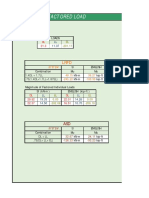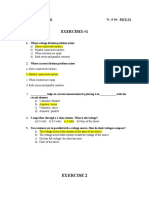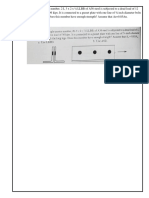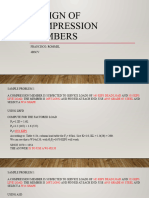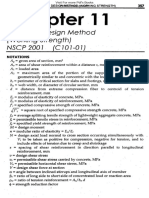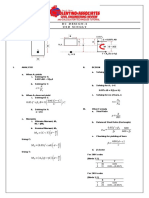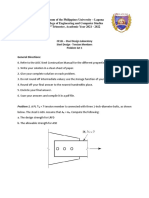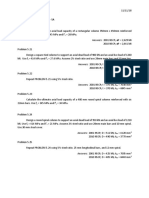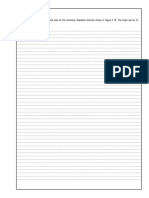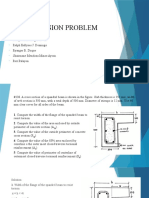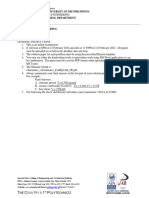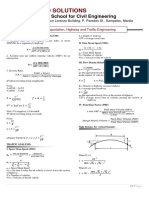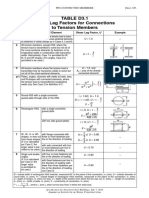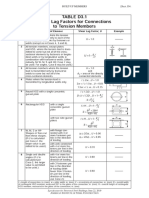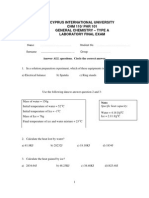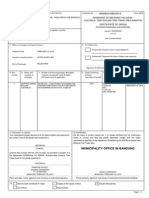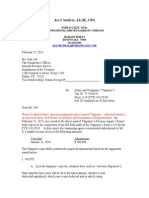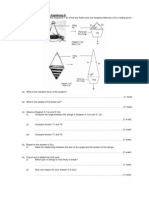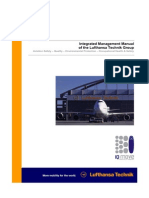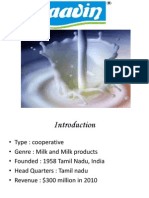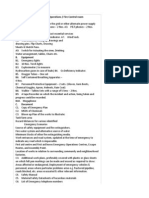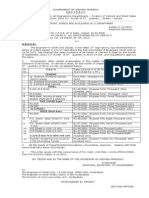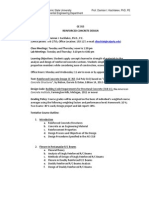0% found this document useful (0 votes)
443 views1 pageFactor U
The document provides a table that lists shear lag factors for various types of connections to tension members. The table includes 8 cases that cover different structural shapes and how the tension load is transmitted through the connection. Each case provides the shear lag factor and examples of when it applies. Shear lag factors range from 1.0 to 0.6 depending on the type of connection and how load is transmitted. The table provides guidance for calculating shear lag factors for pin-connected members.
Uploaded by
seaedoCopyright
© © All Rights Reserved
We take content rights seriously. If you suspect this is your content, claim it here.
Available Formats
Download as PDF, TXT or read online on Scribd
0% found this document useful (0 votes)
443 views1 pageFactor U
The document provides a table that lists shear lag factors for various types of connections to tension members. The table includes 8 cases that cover different structural shapes and how the tension load is transmitted through the connection. Each case provides the shear lag factor and examples of when it applies. Shear lag factors range from 1.0 to 0.6 depending on the type of connection and how load is transmitted. The table provides guidance for calculating shear lag factors for pin-connected members.
Uploaded by
seaedoCopyright
© © All Rights Reserved
We take content rights seriously. If you suspect this is your content, claim it here.
Available Formats
Download as PDF, TXT or read online on Scribd
/ 1


